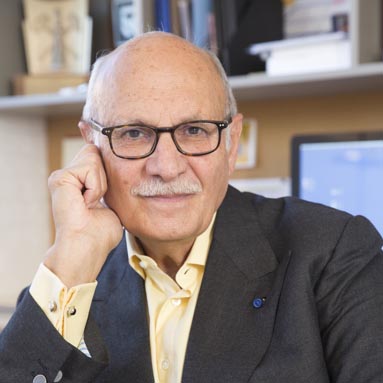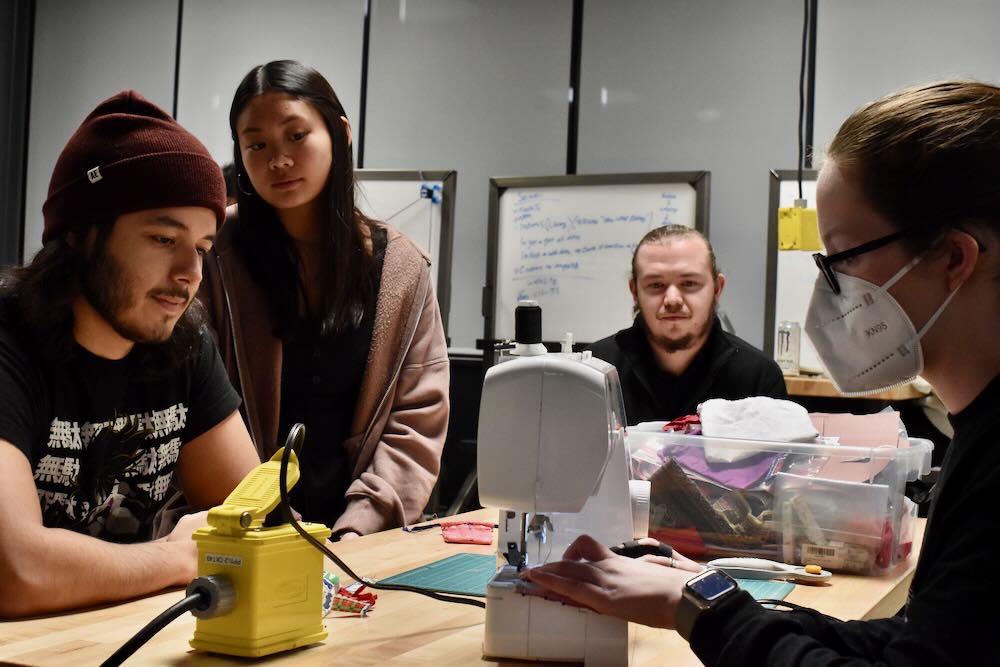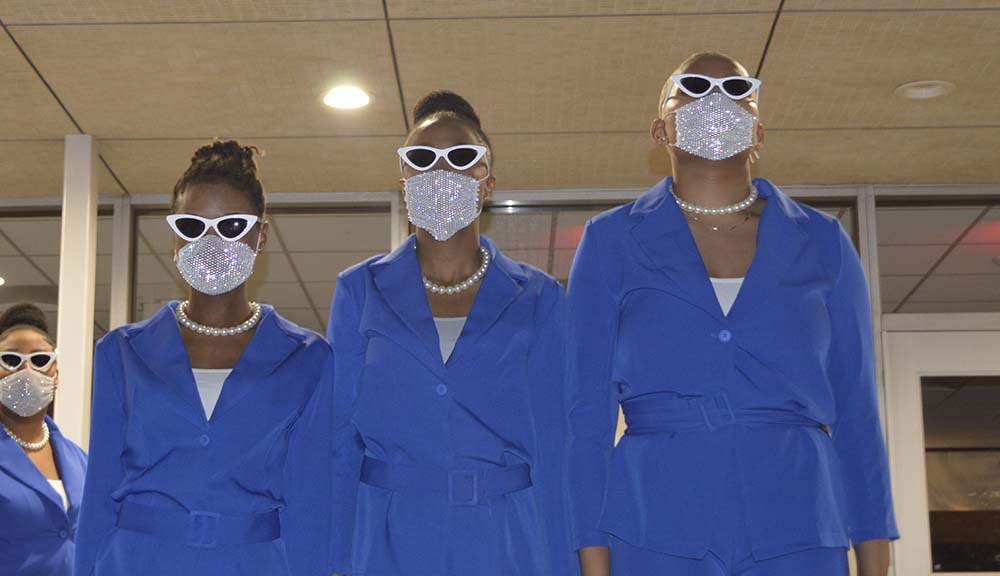When Morgan Mitchell wanted to study how fellow students might use the future Foisie Innovation Studio, she did what any good engineer does: she made a prototype. Set up in the Gordon Library, “ProtoFoisie” is yielding information to ensure WPI students will actually use the new studio space for the distinctive hands-on collaborative problem solving WPI is known for, Mitchell says.
The Robert A. Foisie ‘56 Innovation Studio will provide a state-of-the-art space for project-based learning, enabling integration across disciplines and all levels of learning and research—undergraduate, graduate, faculty, alumni, and industry partners.
Because the student body is one of the primary stakeholders in the studio, “you have to listen to what they need so they will use it,” says Mitchell, who has studied students’ physical and learning needs for her IQP and her MQP respectively.
Mitchell, who will graduate with a bachelor’s and master’s degree in May 2017, first took notice of the Foisie Innovation Studio two years ago, when she was a sophomore. She attended a Strategy Café session as a representative of the Student Government Association and was alarmed at the lack of input students had had on the building. With WPI President Leshin’s blessing and support from Professor Diran Apelian and dean of undergraduate studies Art Heinricher, Mitchell was put on the university’s design team.

Morgan Mitchell in the ProtoFoisie space at Gordon
Library.
For their IQP, Mitchell and five other students studied the physical needs for the space, including the floor plan and programming usage. The team presented its findings to the Board of Trustees last February and not only received a standing ovation, she says, but the Board encouraged the architects working on Foisie to meet the students' criteria in their designs.
“It showed that student work really does make an impact,” Mitchell says.
Unwilling to let the project go, Mitchell chose to continue studying students’ needs for the studio as her MQP, this time focusing on how the students would use the space. The area for the study, set up on the ground floor of the library, has ergonomically designed furniture--key to collaborative work, she says. She has labeled the elements in the space and asks students who use it to give feedback.
In particular, Mitchell worked with the student-led LaunchPad group, an organization focused on innovation and entrepreneurship. During the A-B term break, the group participated in focus groups and activities in ProtoFoisie and provided Mitchell with their ideas, comments, and dreams.
The student response to ProtoFoisie has yielded some surprising results, Mitchell says. In initial surveys, students said they would prefer to work in enclosed tech suites. But after experiments and interviews, Mitchell discovered students actually need open spaces in order to collaborate around the technology.
On the other hand, Mitchell says her MQP revealed that in group work, students prefer to have a little time after getting an assignment to reflect individually on the problem before plunging into a group discussion. Although this might seem like an antithesis to group work, having a place to sit alone and contemplate especially helps introverts who may get overlooked during collaboration if they feel rushed into speaking, Mitchell says.
"Student work really does make an impact." -Morgan Mitchell
Students working in teams also realized they had a hard time keeping track of all the ideas they had during brainstorming, leading Mitchell to recommend more whiteboards for the studio.
One of the most valuable lessons she’s learned is that “people don’t know what they don’t know. The right answers often come from indirect methods” of discovery, she says.
Mitchell’s academic focus at WPI has been on management engineering and mechanical engineering, but her work on the Foisie Innovation Studio design has steered her toward more courses in marketing, entrepreneurship, and organizational behavior. The combination of her studies and her Foisie design projects has taught her about how to build a process for a customer, she says.
“The Foisie design has been a huge part of my experience at WPI, and I’m very grateful,” says Mitchell, acknowledging the support of Michael Ginzberg, dean of the Robert A. Foisie Business School, Heinricher, and professor of practice Curtis Abel.
Moreover, she has accepted a job as a program manager at Microsoft upon graduation.
“Working for Microsoft right out of college is a dream,” she says. “Working on the Foisie project while getting my master’s at the same time as my bachelor’s has given me that opportunity. It’s been a lot of work, but well worth it in the end.”
- By Cate Prato






